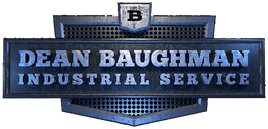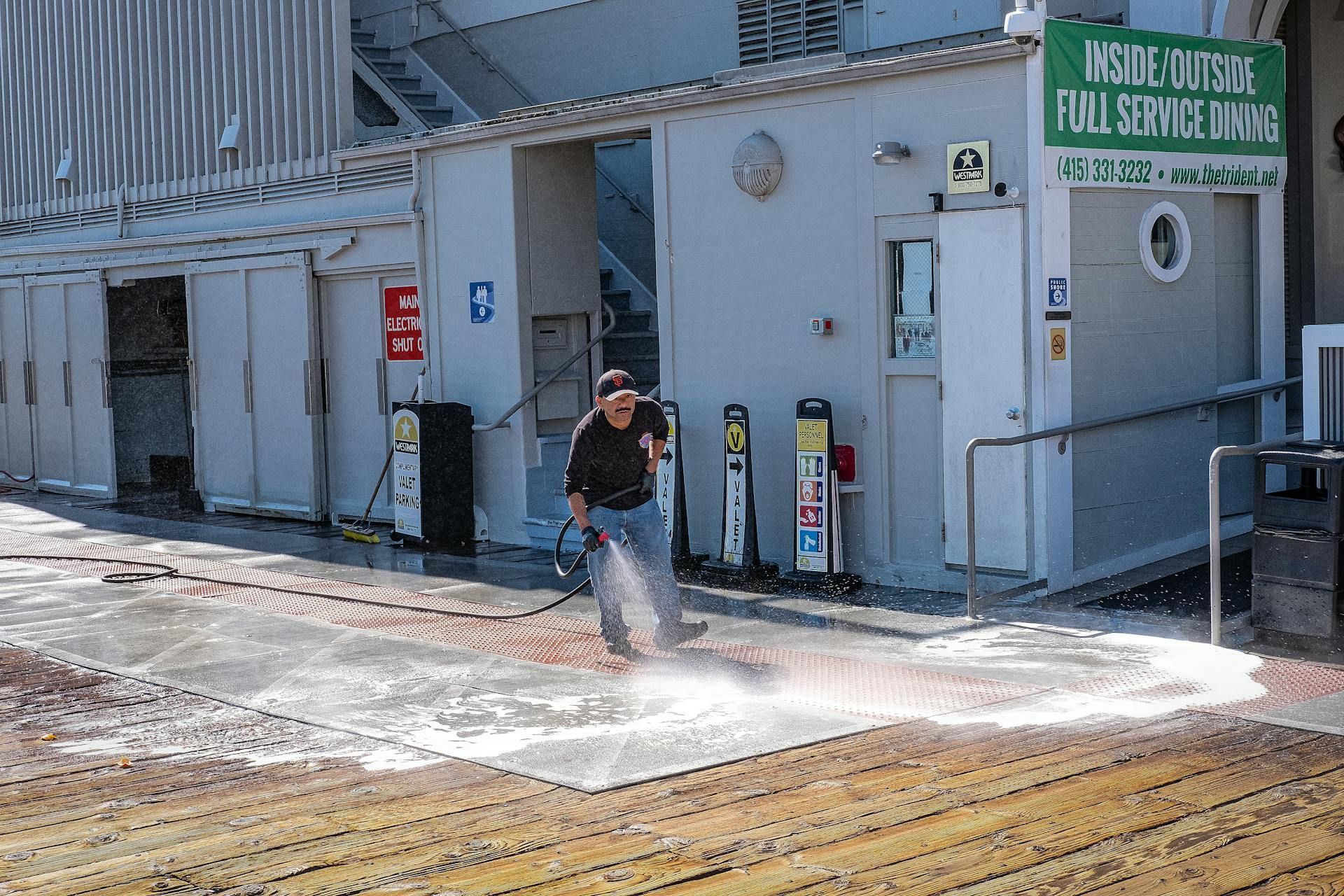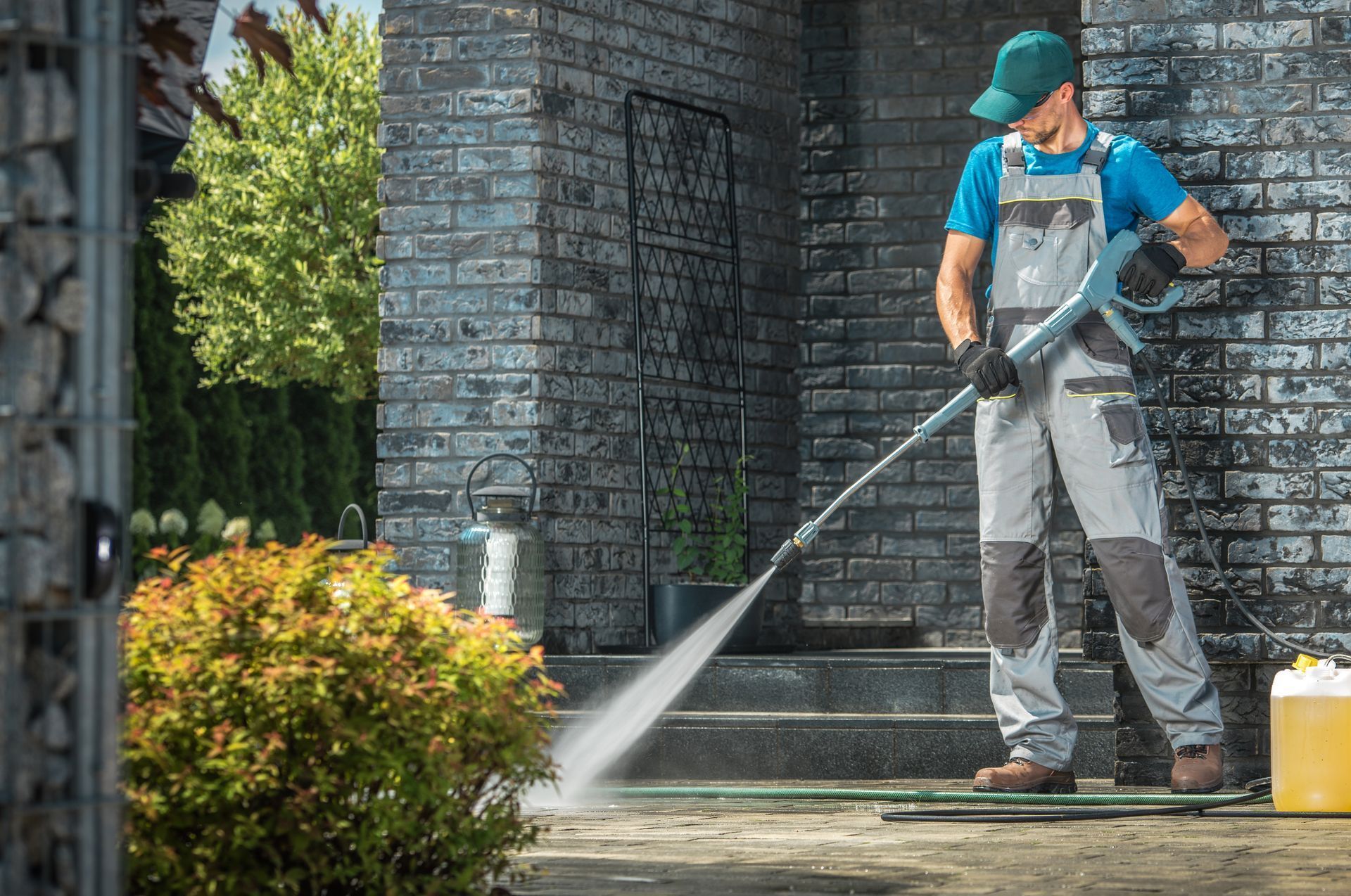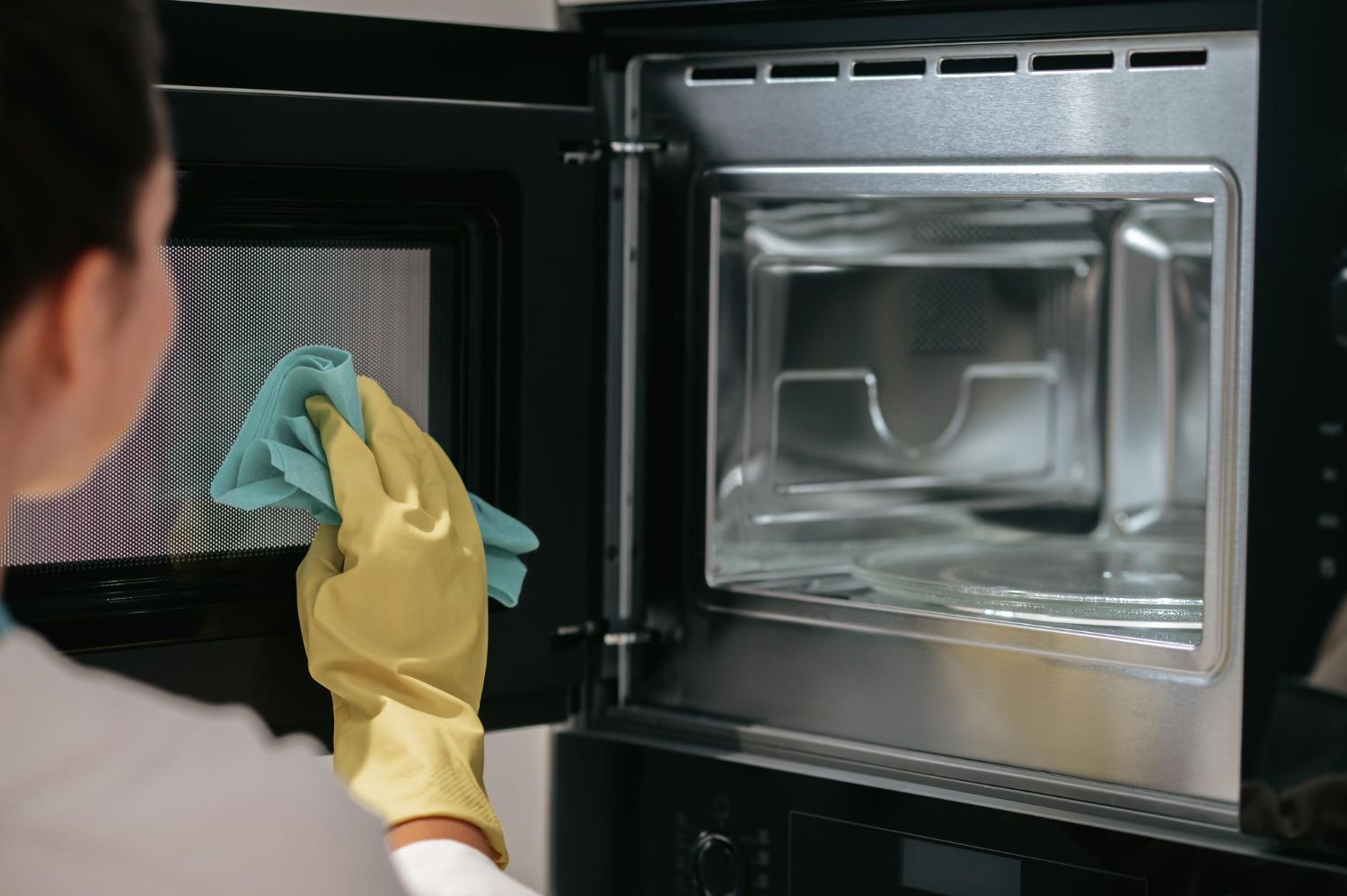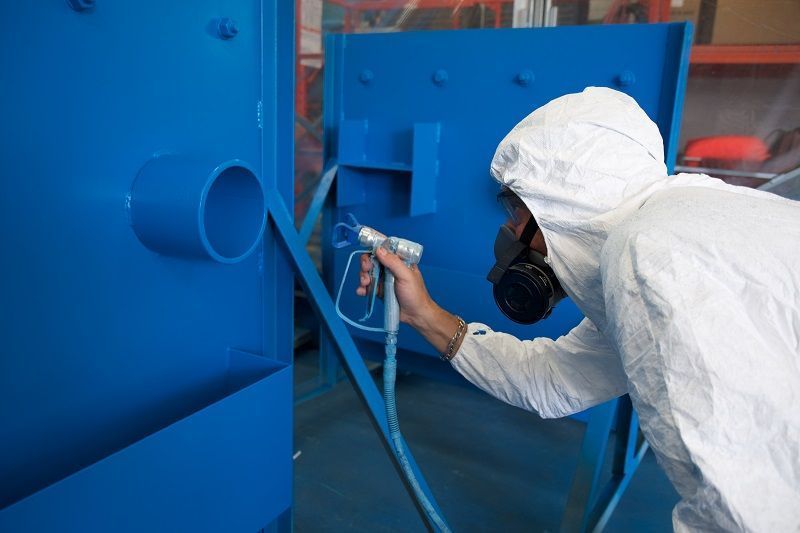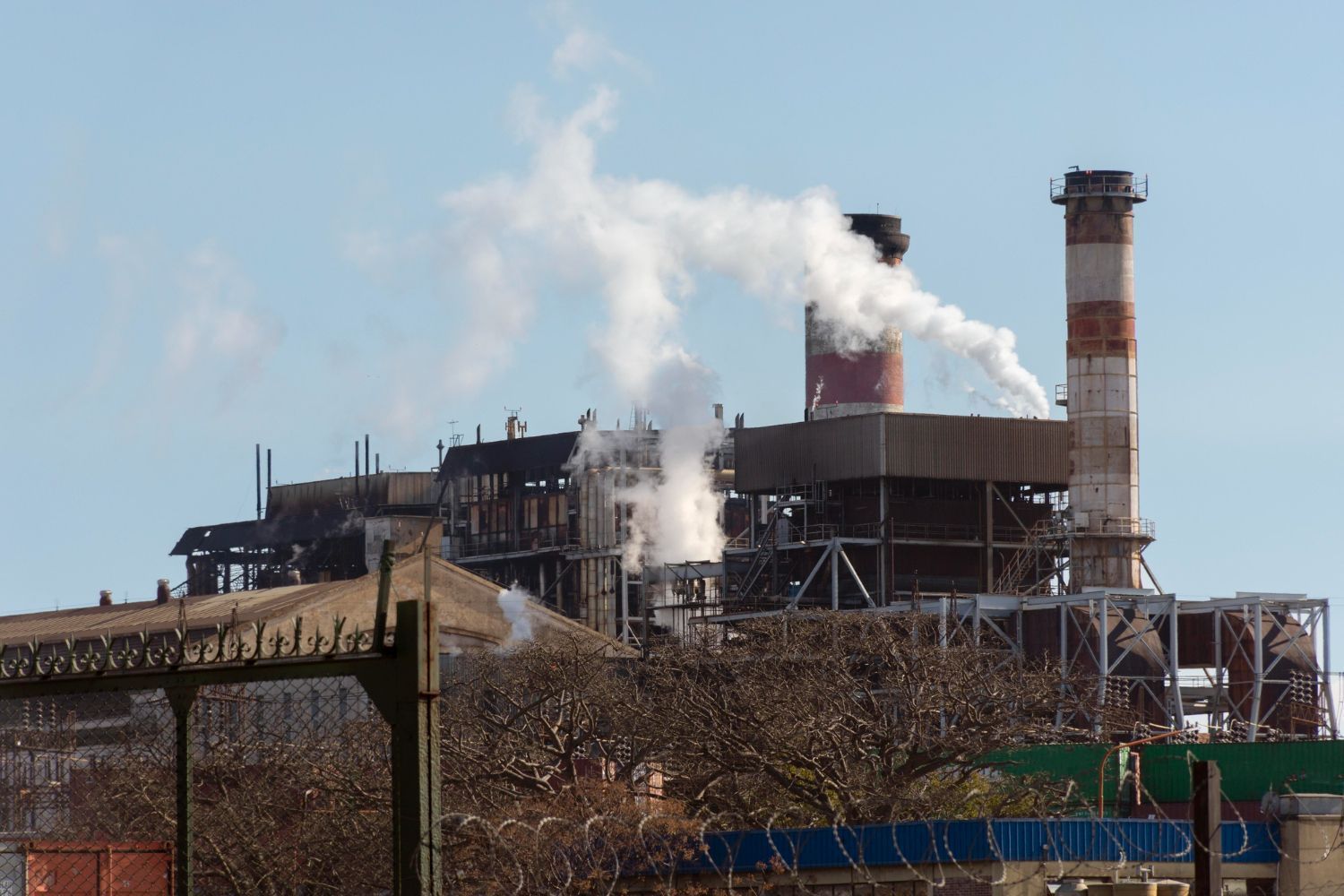Types of Abrasive Blasting
When it comes to preparing surfaces for various purposes such as cleaning, etching, or even removing tough coatings, abrasive blasting is the go-to technique. This versatile process involves propelling abrasive materials at high speeds against a surface to achieve the desired result. However, not all blasting techniques are the same.
What is Abrasive Blasting?
Abrasive blasting, also known as sandblasting, is a process that employs high-velocity materials to strip away unwanted substances, such as paint, rust, or corrosion, from a surface. This technique utilizes abrasive particles propelled at high speeds through a blasting nozzle to achieve various objectives, from cleaning and preparing surfaces for further treatments to achieving a visually appealing finish.
Here are the different types of abrasive blasting methods used in various industries:
Sandblasting
Sandblasting is one of the most common and widely recognized types of abrasive blasting. As the name suggests, it involves propelling fine particles of sand using compressed air or steam. Sandblasting can effectively remove rust, paint, or scale from various surfaces, making it ideal for cleaning, surface preparation, and paint removal projects. However, it is important to note that the use of sandblasting for certain applications has significantly decreased due to the potential health risks associated with silica dust exposure.
Shot Blasting
Shot blasting utilizes small metallic balls (known as shots) made of materials like steel, aluminum oxide, or glass beads. These shots are propelled at high velocities to impact and clean the surface. Shot blasting is widely used to remove contaminants, scale, and rust from metals. It is also an effective method for preparing surfaces for painting or coating, as it creates a textured finish, improving coating adhesion.
Soda Blasting
Soda blasting is a gentle abrasive blasting method that uses particles of sodium bicarbonate (baking soda). It is a non-destructive technique often used for cleaning delicate surfaces or objects. Soda blasting is ideal for removing paint, grease, or graffiti from surfaces without causing damage or leaving any residue. It is commonly used in the automotive, aerospace, and food industries, where a gentler approach is required.
Dry Ice Blasting
Dry ice blasting is a non-abrasive technique that utilizes compressed air to propel dry ice pellets at supersonic speeds. The dry ice pellets are made by freezing carbon dioxide gas. When they hit the surface, the pellets instantly convert into gas, resulting in a process called sublimation. Dry ice blasting is non-toxic, non-flammable, and does not produce any secondary waste, making it an environmentally friendly option. This method is effective for various applications, including removing adhesives, surface contaminants, and even cleaning delicate electrical components.
Wheel Blasting
Wheel blasting, also known as airless blasting, utilizes a spinning wheel to propel abrasive media. This method is commonly used for heavy-duty surface preparation tasks, such as removing heavy rust or thick coatings. It works by using centrifugal force to throw the abrasive media against the targeted surface. Wheel blasting is often applied in industries such as construction, shipbuilding, and manufacturing.
Steel Grit blasting
Steel grit blasting, as the name suggests, involves propelling small particles of steel at high velocity to impact the surface being treated. These steel particles, known as grit, are available in different sizes and hardness levels, allowing for customized surface preparations based on the specific requirements.
Walnut Shell Blasting
Walnut shell blasting uses crushed walnut shells as the abrasive media. It is a gentle method suitable for cleaning or stripping surfaces without causing damage. Walnut shell blasting is often used in applications where a softer abrasive is required.
Aluminum Oxide Blasting
Aluminum oxide is a sharp and durable abrasive used for various blasting applications. It is commonly used for surface preparation, cleaning, and finishing on a range of materials.
Glass Bead Blasting
Glass beads are spherical abrasive particles used for cleaning and finishing surfaces. Glass bead blasting creates a smooth and reflective surface and is often used in applications where a cosmetic finish is desired.
Garnet Blasting
Garnet is a naturally occurring abrasive material used in abrasive blasting. It is often used for cleaning and preparing surfaces, including metal and wood. Garnet is a hard, sharp abrasive that can produce a smooth finish.
Key Takeaway
When selecting an abrasive blasting method, it's essential to consider the material being treated, the desired finish, and any environmental or safety concerns. Additionally, proper safety measures, including personal protective equipment (PPE) and containment systems, should be implemented to protect operators and the surrounding environment from abrasive media and contaminants.
Service Areas
Contact us and find out if we have a team in your area!
Address: Fort Wayne, IN 46825, United States of America Phone: (260) 615-0229
Dean Baughman Industrial Maintenance Services
